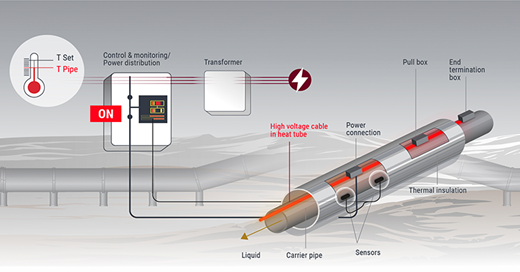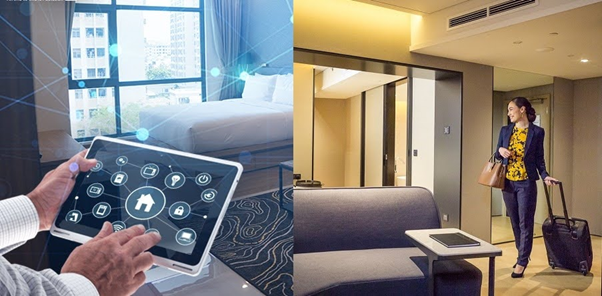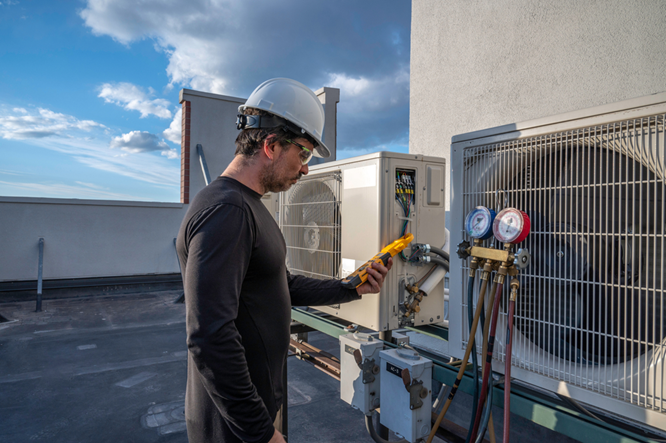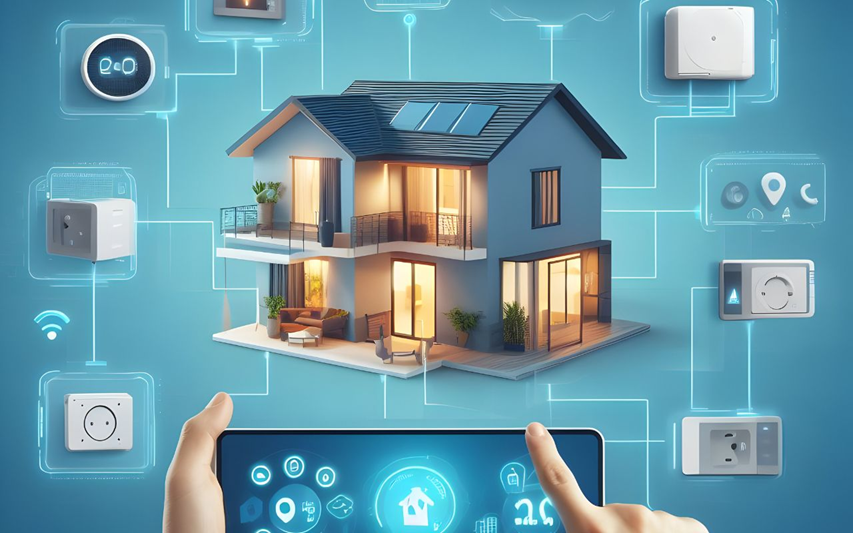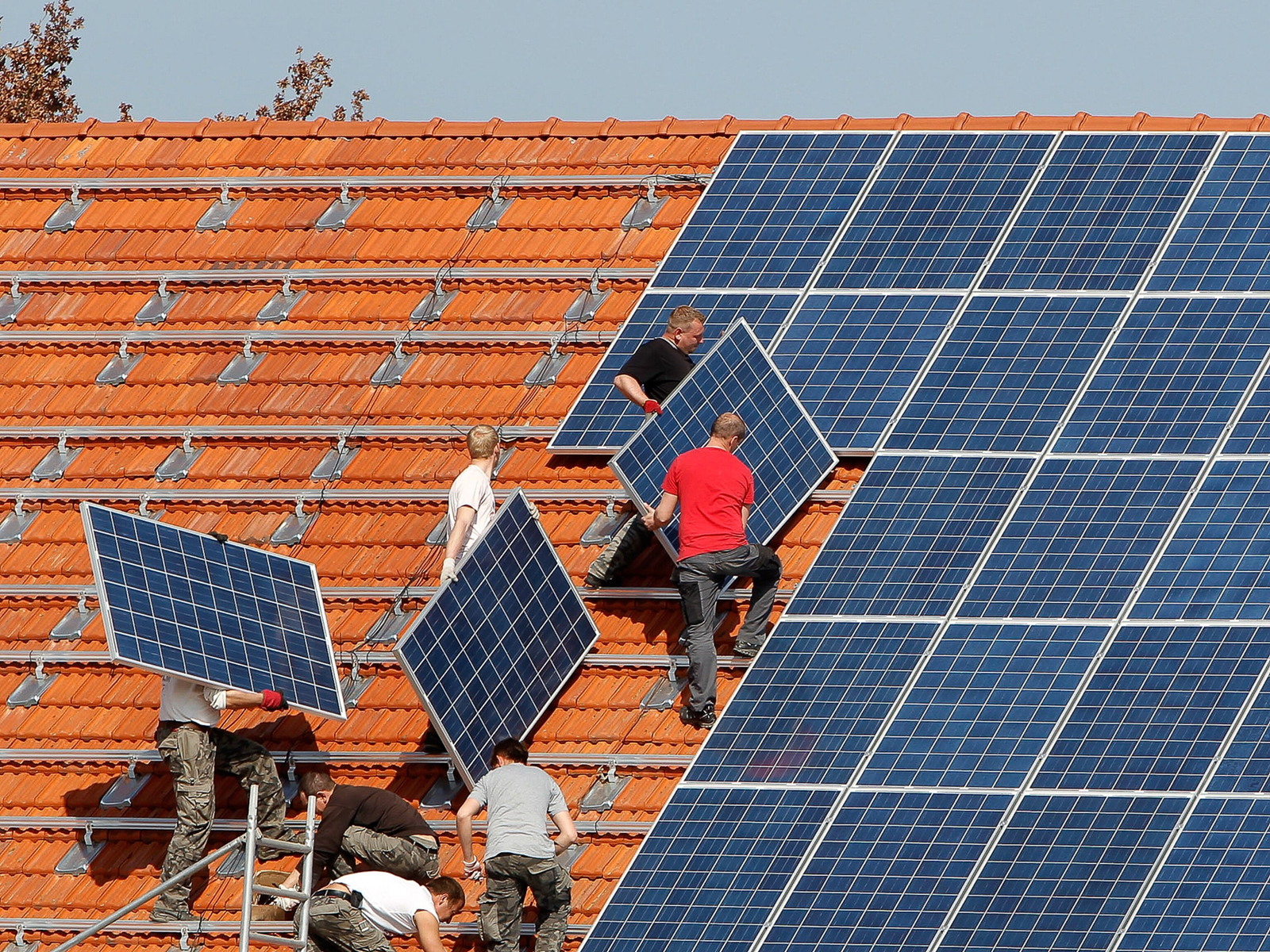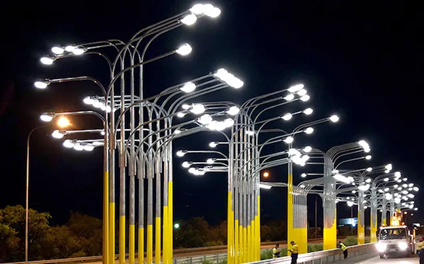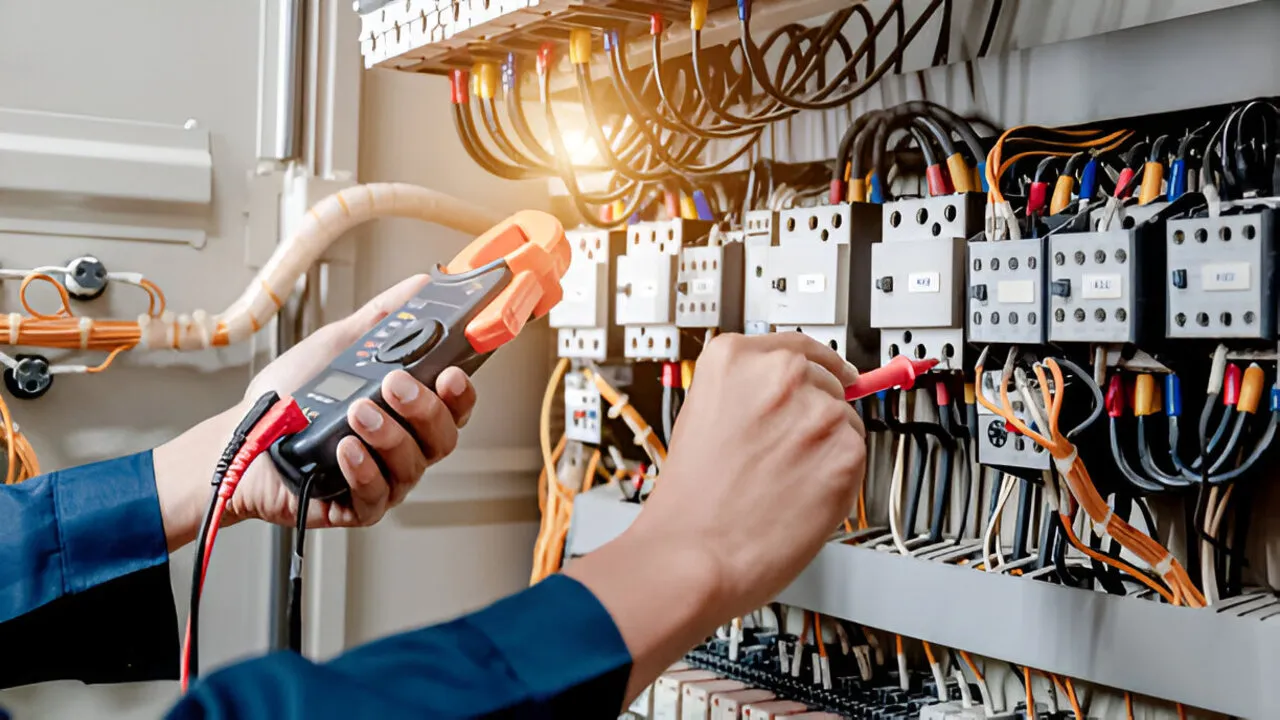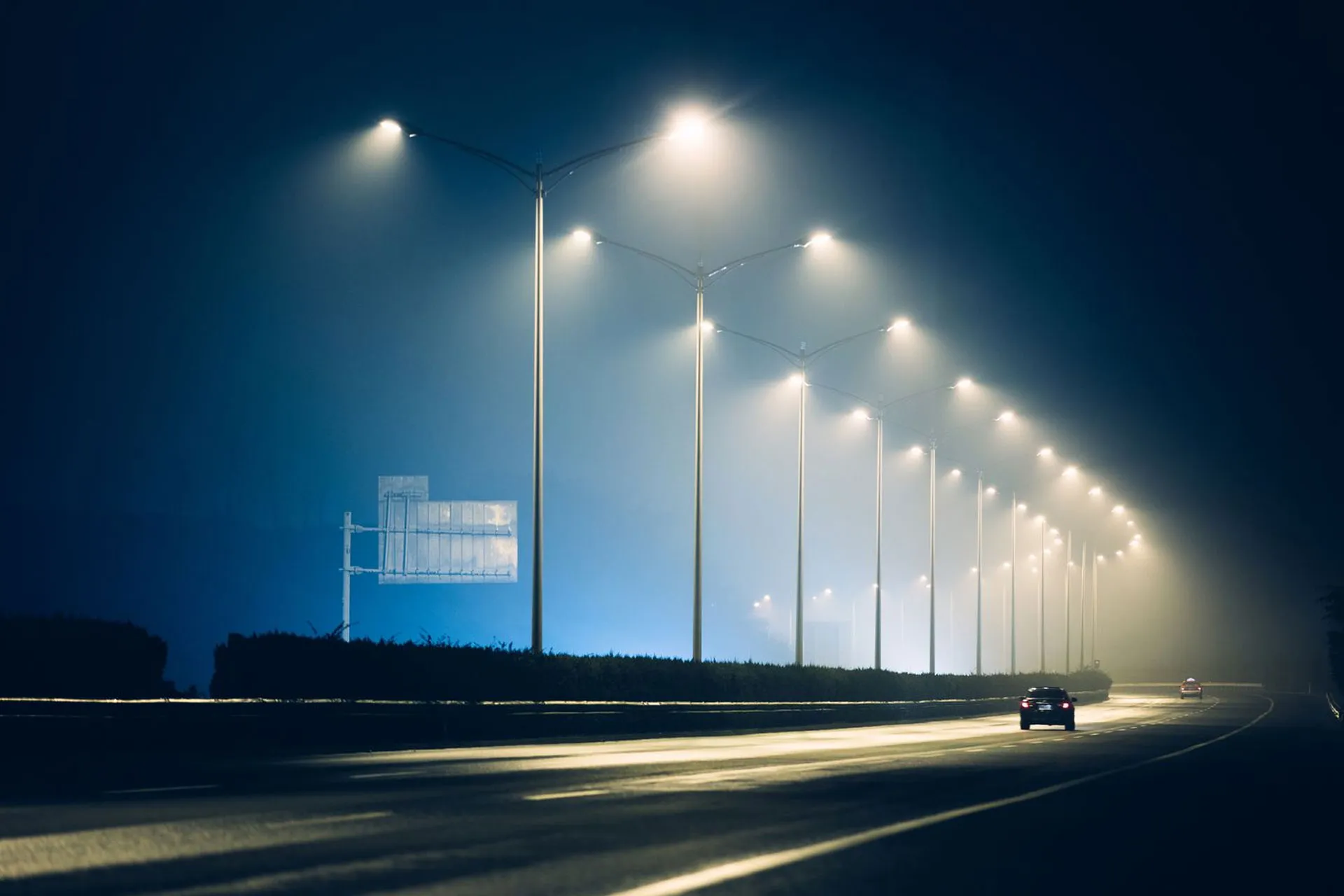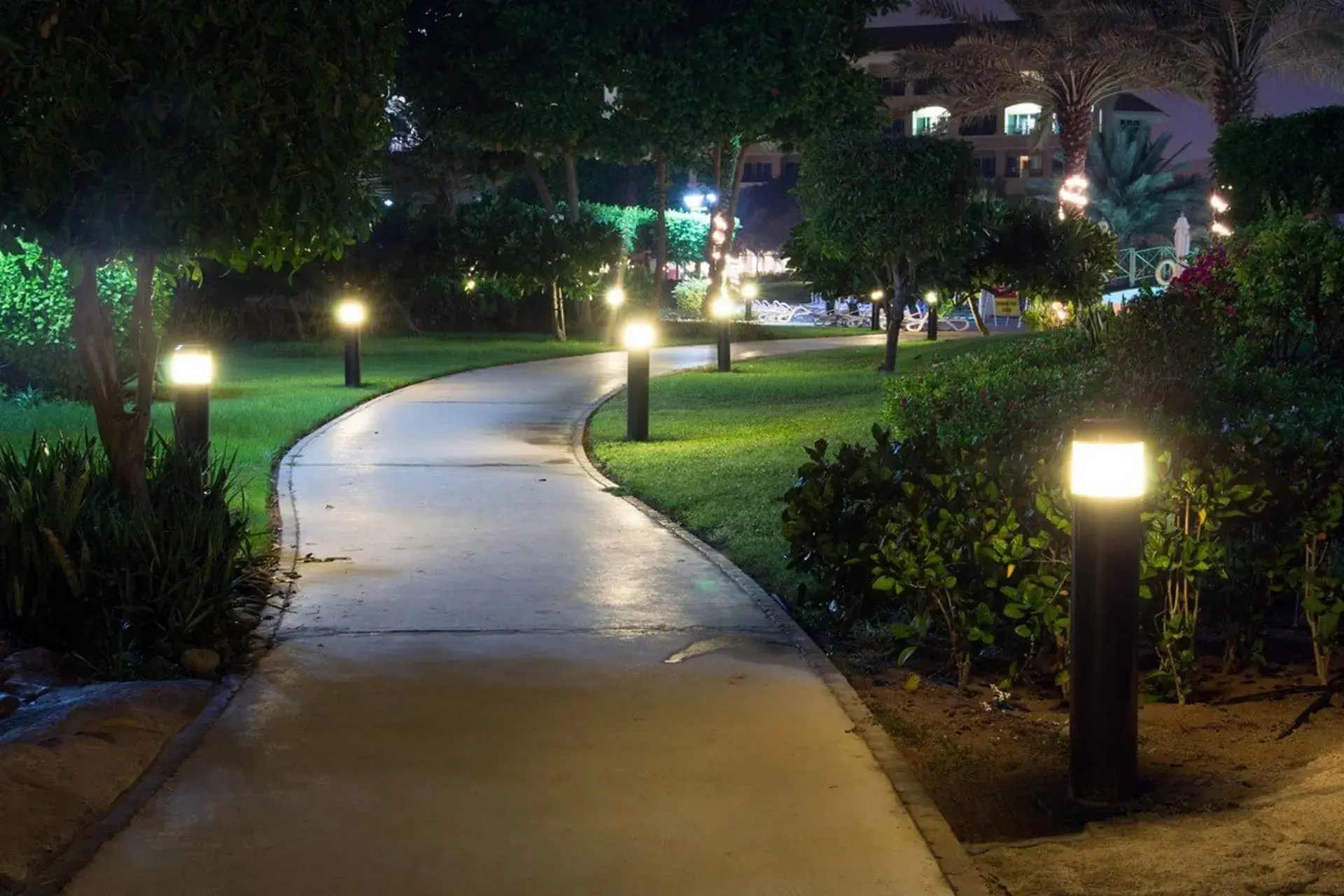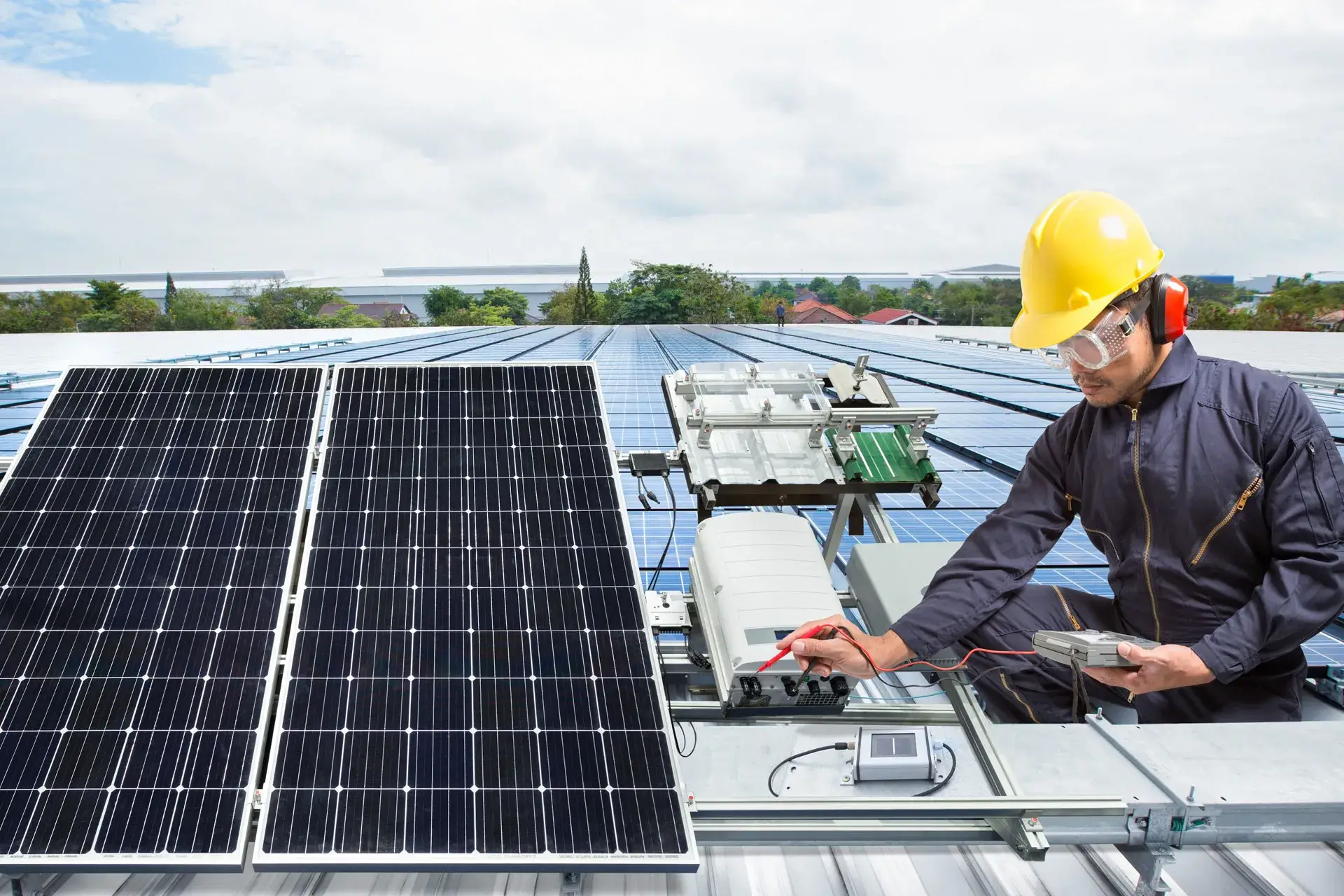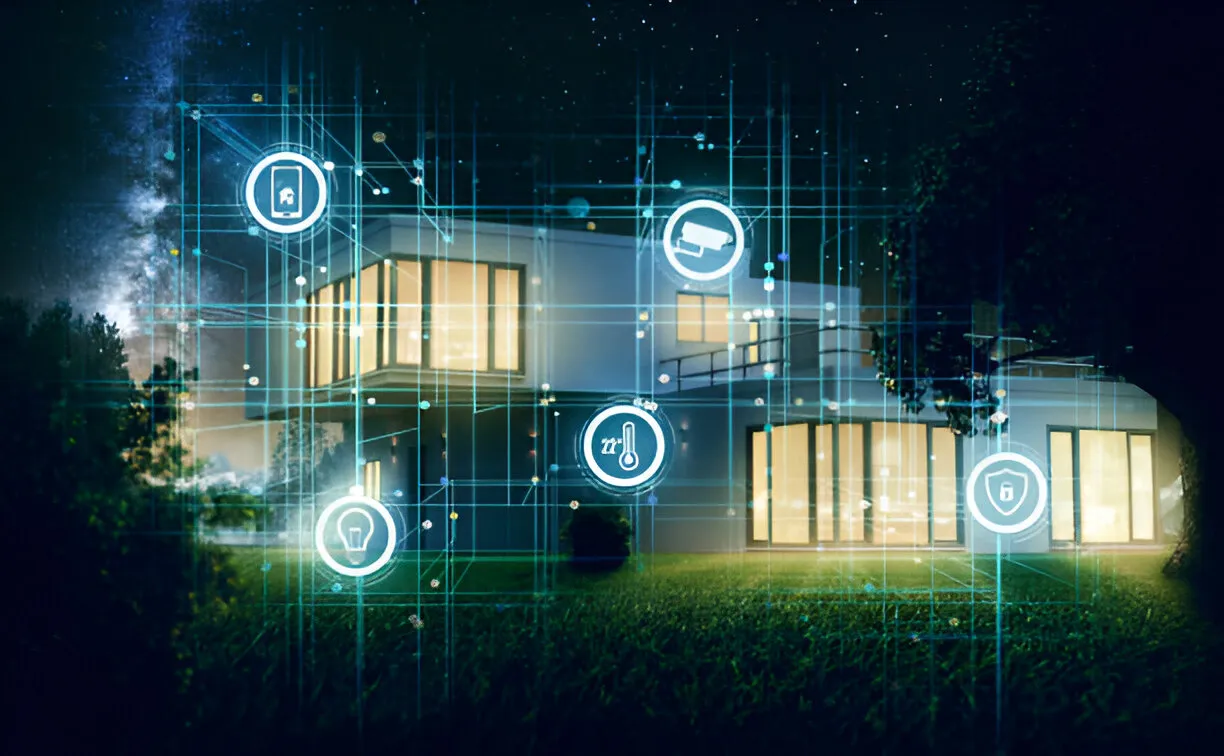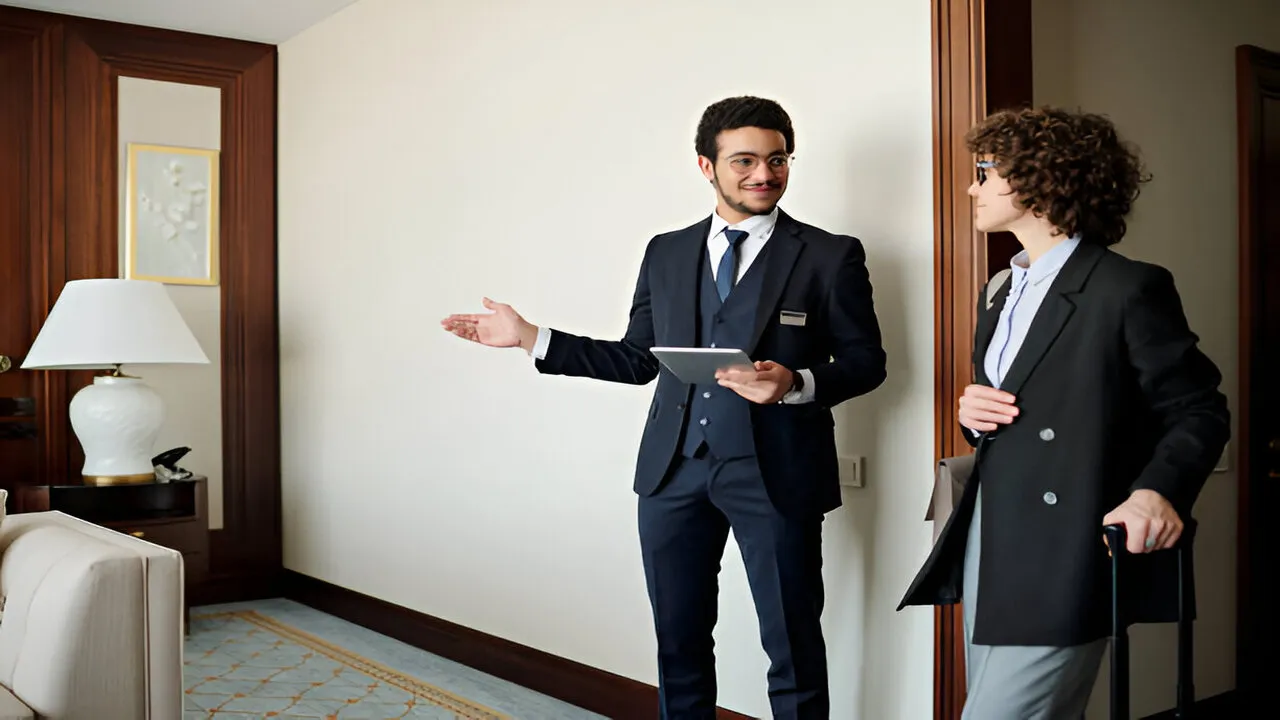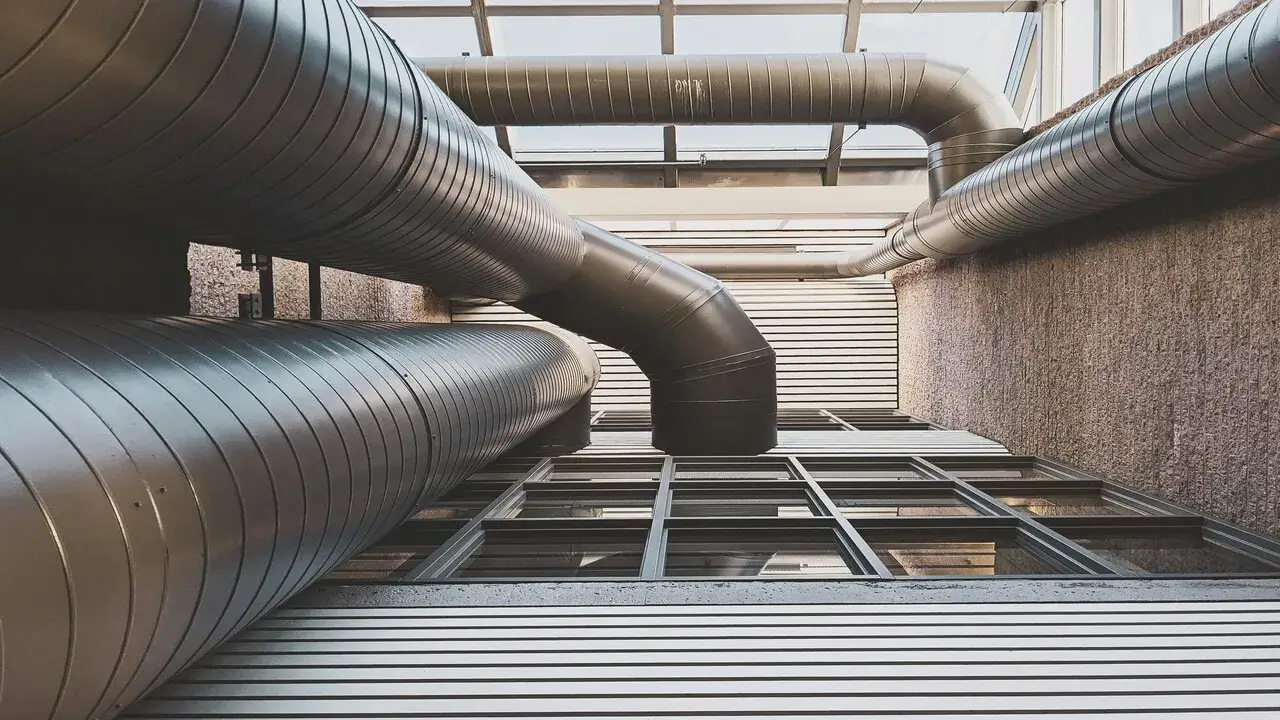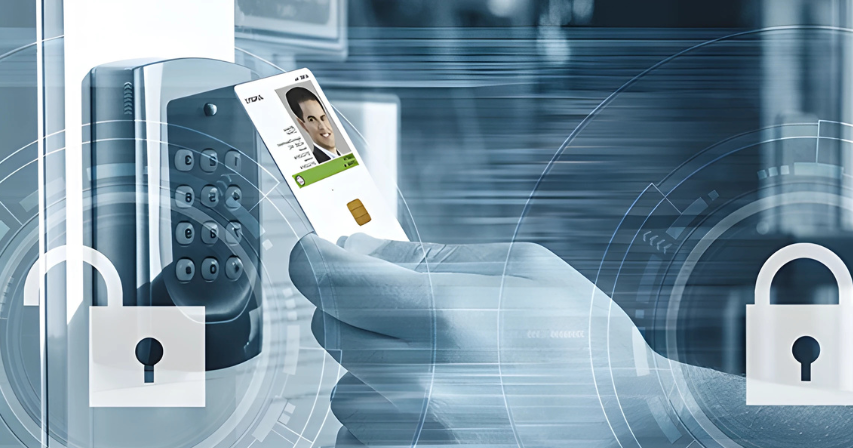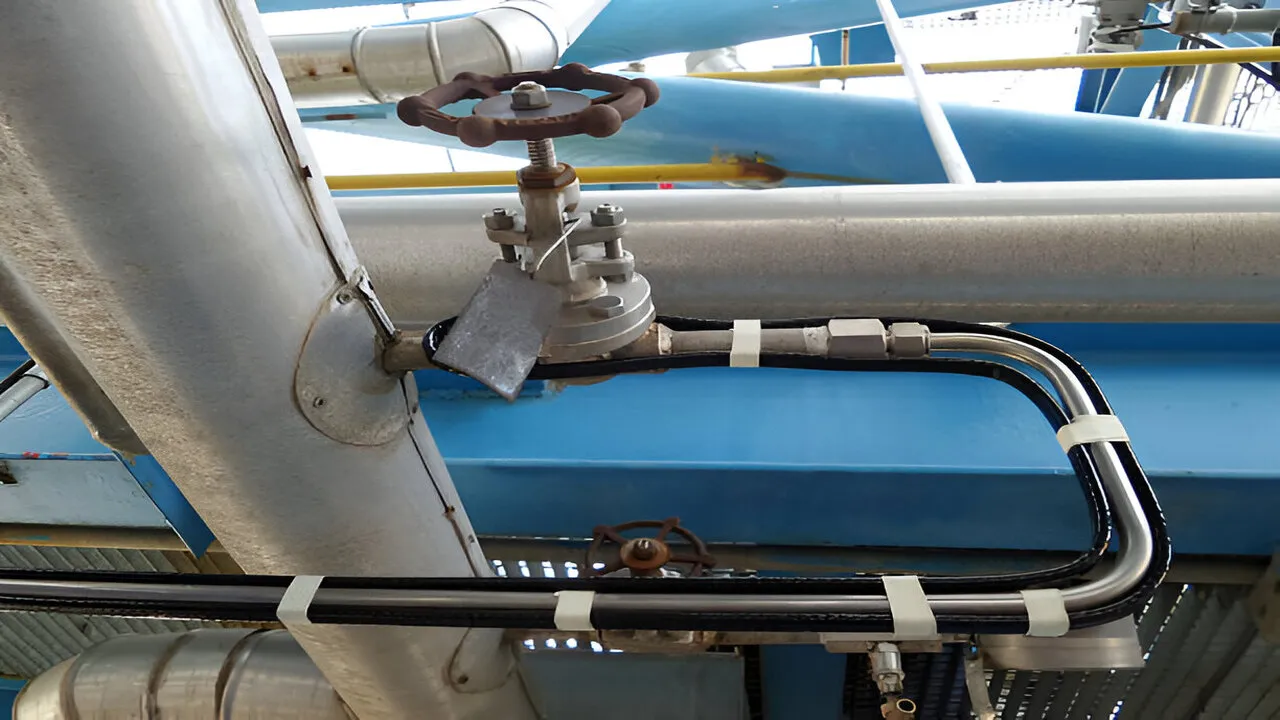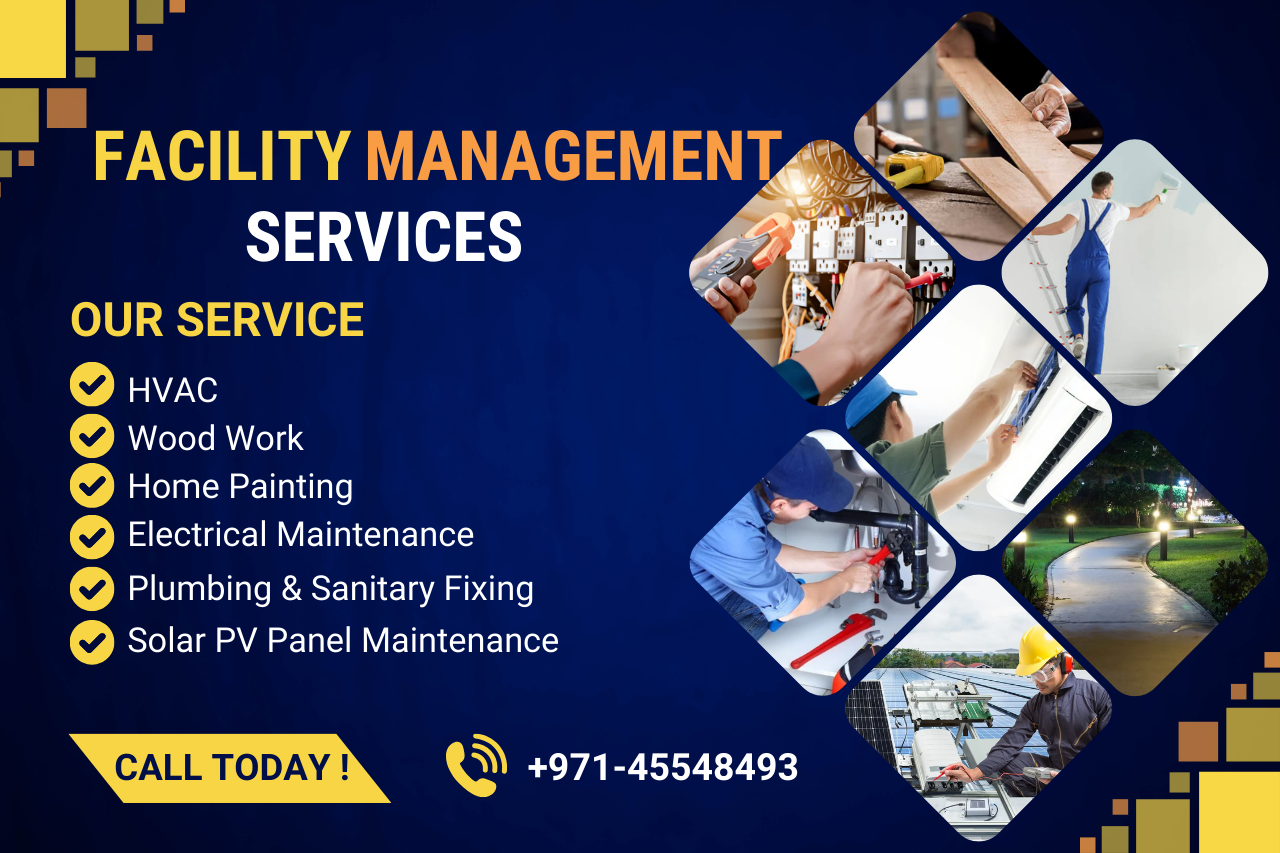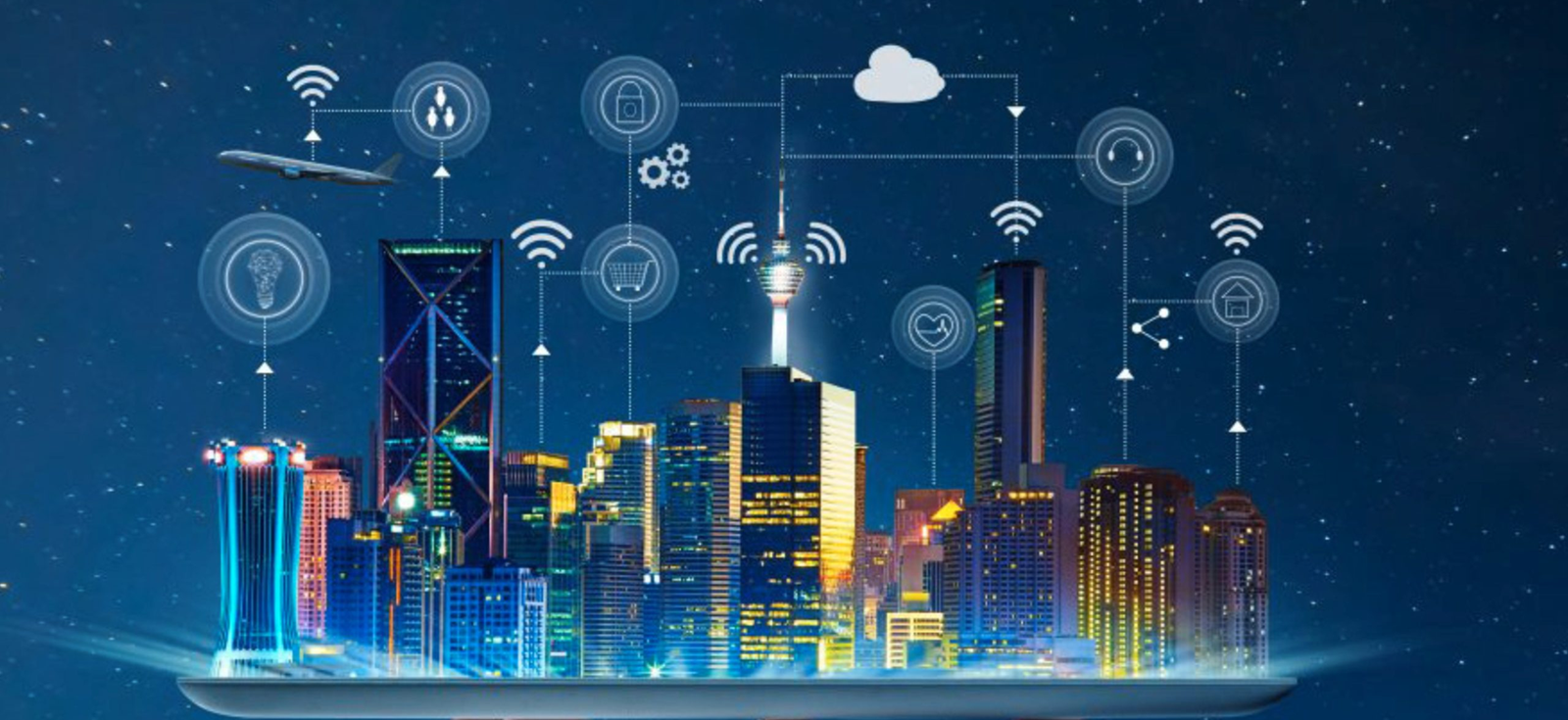
Dubai hosts millions of people and thousands of buildings and factories. Big projects run in Jebel Ali, ports move goods every day, and hotels in Jumeirah welcome guests year-round. Owners and managers need systems that stop pipes from freezing, prevent roof drains from blocking, and keep production steady. For this purpose, hiring the best Heat Trace Services in Dubai is ideal.
The UAE uses massive energy and industrial systems that need steady heating solutions to run well. Dubai hosts about 3.5 million people and the whole country serves nearly 9.9 million residents, so industries, desalination plants, and ports operate nonstop and cannot afford pipe freezes or product losses. That is why Heat Trace Services play a major role in keeping fluids flowing, preventing cold spots, and protecting vital plant equipment.
9 Tips to Pick Heat Trace Services in UAE
Choose a provider who understands your process, follows rules, and gives long-term support. Use these nine steps like a shopping list when you meet vendors.
1. Pick the right system for the job
Match the heating type to what you need, not to the lowest price.
Self-regulating heat trace cables fit long, uneven pipe runs and save energy when temperatures rise.
Constant wattage heat trace cables suit lines with uniform heat needs.
Mineral-insulated heat trace fits high-heat, critical process lines.
Steam tracing fits tanks and vessels that need fast heating.
Use the above choices to avoid extra work later and to keep energy use lower.
2. Confirm the provider’s engineering skills
Ask for real design drawings, calculations, and load lists.
Check they include pipe heat loss numbers and insulation specs.
Ask for electrical load calculations and breaker sizes.
Make sure they draw wiring diagrams and show control logic.
Make vendors explain how they follow UAE rules and how they work on both onshore and offshore sites.
3. Check product quality and tracing details
Good vendors give test reports, certificates, and serial numbers.
Ask for insulation resistance and continuity test sheets.
Request material certificates and manufacturer warranty papers.
Verify approvals for hazardous areas if your site handles flammable materials.
Buy parts that come with full documentation and a firm warranty.
4. Look at installation skills and site teamwork
A neat design needs neat installation to last.
Pick teams that work often in Dubai and know local site rules.
Confirm they use correct fixing methods and safe hot-work practices.
They test each circuit after installation and hand over a full as-built folder.
Minimum items the installer should give you:
Pre-install inspection report
Cable routing drawings and attachment details
Post-install insulation resistance test results
Commissioning sheet with setpoints and wiring notes
5. Plan regular testing and maintenance
A system serves longer when people test and maintain it.
Schedule infrared scans and routine insulation checks.
Keep a spare parts list and stock critical spares on site.
Train your technicians on start-up steps, shutdown steps, and troubleshooting.
6. Get full test and compliance documents
Regulators and clients demand signed test packs and stamped certificates.
Require commissioning logs, earth-leakage checks, and instrument calibration references.
Ask for dated and signed documents that show who tested what and when.
The Lifecycle documents you should expect
7. Compare total cost of ownership
Don’t pick the cheapest bid without comparing energy use and spares.
Ask for an annual energy usage estimate based on Dubai ambient temps.
Compare cable life expectancy, replacement costs, and warranty lengths.
Include emergency service rates and travel time in your comparison.
8. Prefer vendors with local presence and fast service
Choose suppliers who keep stock and teams in the UAE.
Vendors with warehouses in Dubai or Sharjah cut downtime.
Local teams understand Emirates permits and less common site limits.
Check how fast the vendor sends people for night or weekend faults.
Practical benefits of a UAE-based supplier
Faster spare parts delivery and lower downtime risk
Better handling of local permits and site rules
Simple scheduling for preventive maintenance visits
9. Verify safety and energy efficiency
Safety and low energy use protect people and budgets.
Require compliance with IEC, NEC, or international standards adapted for the UAE.
Use control methods that lower constant power use while keeping required pipe temps.
Consider systems that send performance data to SCADA or cloud dashboards.
Choose solutions that reduce energy waste and make asset failures less likely.
What to Ask when you talk to vendors
Ask vendors to run a simple annual energy estimate using local UAE ambient data.
Request names and contactable references for prior Dubai or Abu Dhabi projects.
Insist on signed test documents and an itemized spare parts list.
Check whether the vendor trains your staff and provides written operation steps.
Verify warranty length and terms for replacements and labor.
Vendor scorecard you can use
Rate each vendor 1–5 on the items below, then add the numbers to choose the best partner.
Aim for vendors who score high across design, local support, and energy planning.
Final checklist before you sign a contract
Ensure system type matches your process needs.
Ask for full calculation and commissioning packs, dated and signed.
Secure warranty terms, parts lists, and local service guarantees.
Demand testing records and a documented handover.
Compare long-term energy and maintenance costs, not only the upfront price.
Call Experts for a Site Review
Contact a qualified team as provided by Pak Link AE who understands how to deliver the best Heat Trace Services in UAE. A Dubai site needs to request a site review, get a lifecycle cost comparison, or receive a vendor scorecard that matches your pipes and processes; ask for a proposal that uses Heat Trace Services best suited to Dubai conditions and gets you faster uptime.
FAQs
How do I choose between self-regulating heat trace cables and constant wattage heat trace cables?
Choose self-regulating heat trace cables if you want energy savings on long, uneven runs. Pick constant wattage heat trace cables when you need steady heat per meter and simple controls.
How often should I test the system?
Test at scheduled intervals and after severe weather or site changes. Typical checks include:
Insulation resistance tests
Visual inspection of cable and terminations
Infrared thermography scans
Control and alarm verification
Earth continuity checks
Commissioning verification after repairs
What documents should a vendor give me after installation?
A full handover pack should include design calculations, installation QA forms, commissioning reports, and a maintenance plan.
Can I connect heat trace monitoring and SCADA integration?
Yes, integrate it into SCADA to view setpoints, alarms, and energy use in real time.
What safety standards do reliable vendors follow for heat tracing installation for oil and gas?
Good vendors follow international standards such as IEC and NEC and they adapt procedures for hazardous zones; expect:
Hazard area classification compliance
Explosion-proof terminations and junction boxes
Certified cables and fittings for flammable atmospheres
Proper bonding and earthing practices
Permit-for-hot-work protocols
Trained technicians with site-specific safety inductions
How much energy will electric heat tracing for pipelines UAE use?
Energy use varies by cable wattage, pipe insulation, and ambient temperature. Ask vendors for a yearly energy estimate using Dubai temperature ranges.
What parts should I keep as spares on site?
Keep critical spares to reduce downtime:
Replacement cable segments for common lengths
Spare end terminations and joint kits
Extra power controllers or thermostats
Fuses and breaker spares
Cable clips and fixings
Calibration certificates for test instruments
Can I use process temperature maintenance heat trace for both hot and cold climates?
Yes, vendors can size and program systems to maintain target temperatures in both extremes; design parameters change with insulation thickness and setpoint.

